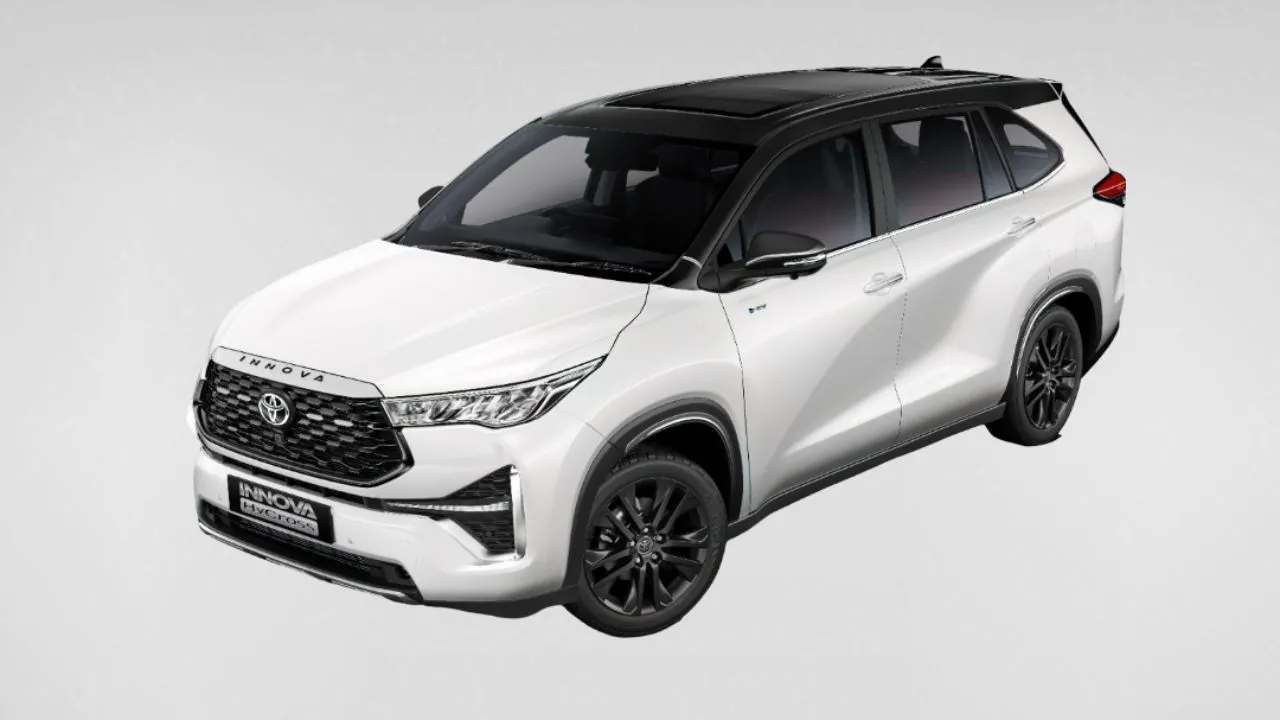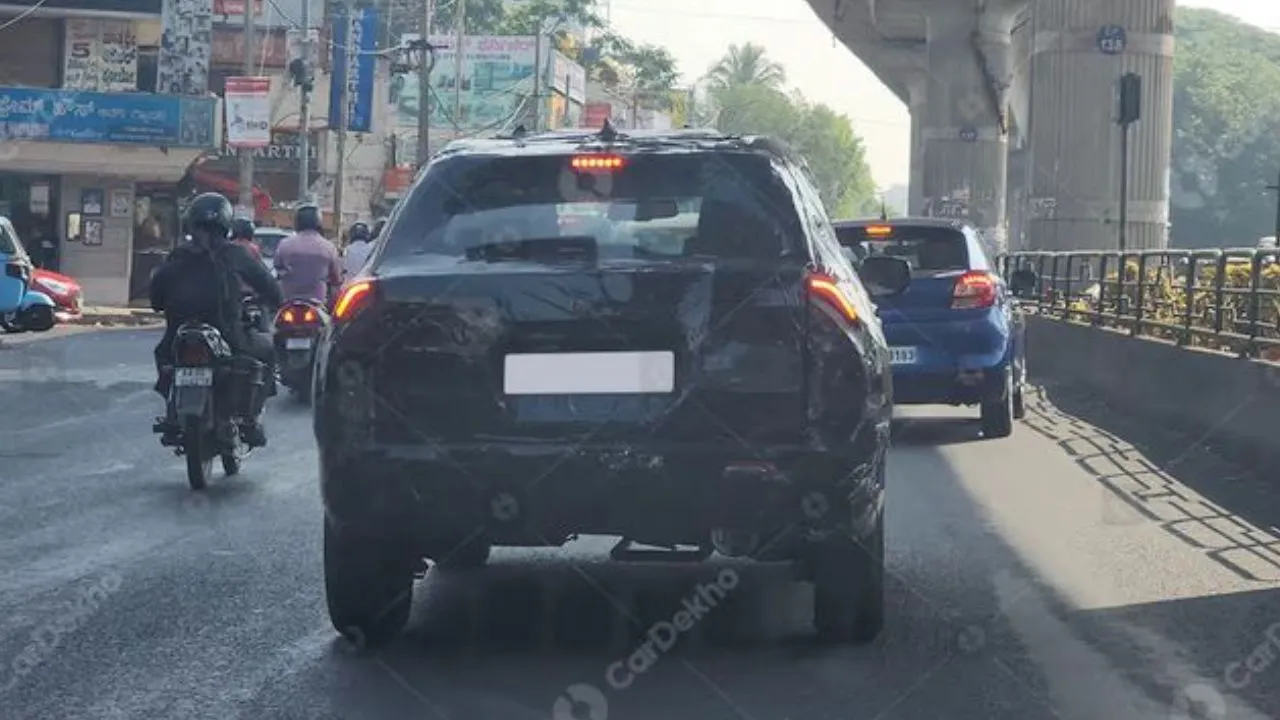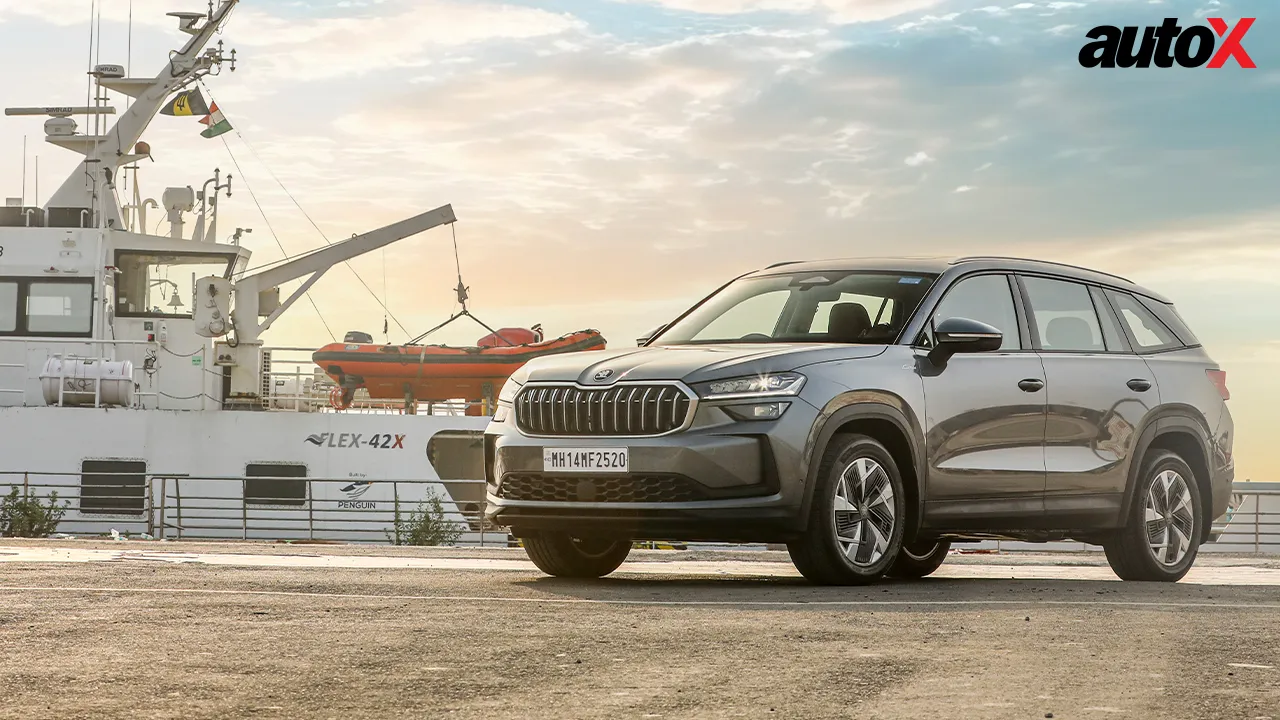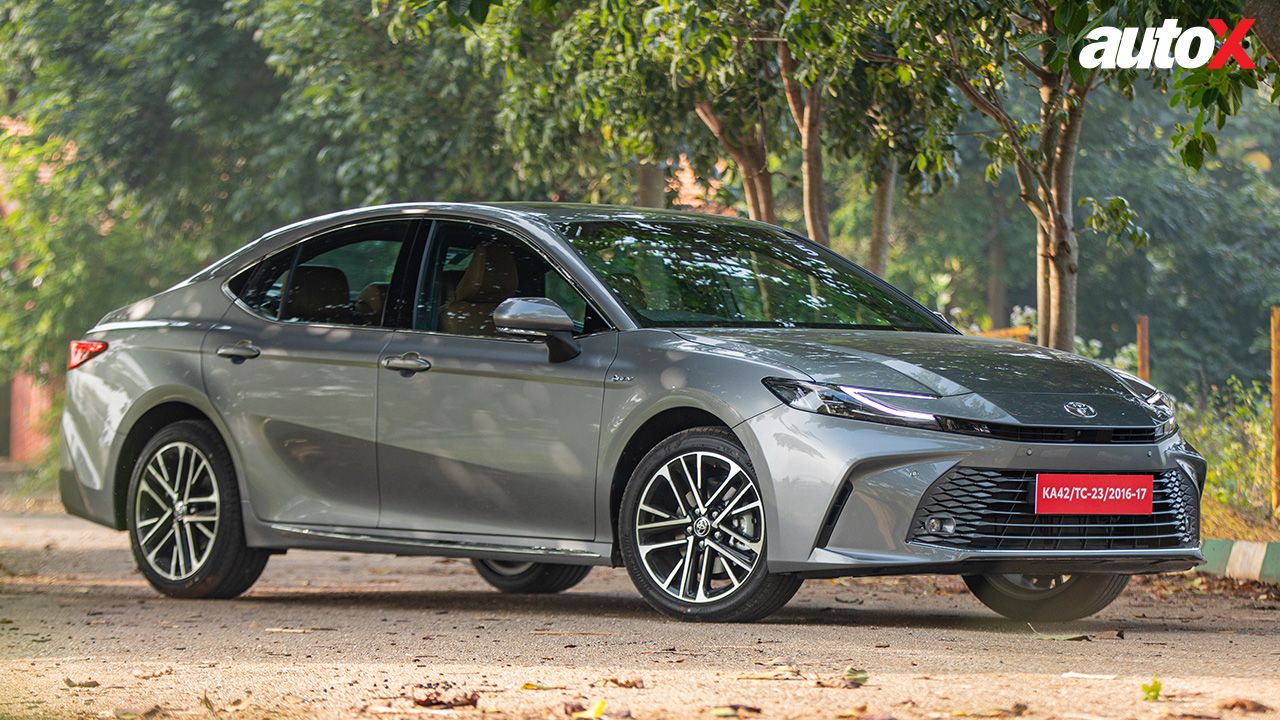Toyota Innova Hycross Flex-fuel Prototype Unveiled in India by Union Minister Nitin Gadkari
The Union Minister Nitin Gadkari unveiled the world's first electric, flex-fuel BS-6 (Stage-II) vehicle in India. The prototype is based on the popular Innova Hycross and is designed to be consistent with India's stringent pollution standards.

Union Minister Nitin Gadkari revealed the world's first electric, flex-fuel BS-6 (Stage-II) vehicle in India today. The prototype is based on the popular Innova Hycross and is designed to be consistent with India's stringent pollution standards. The introduction of a new 100 per cent ethanol-powered Toyota Innova prototype is being viewed as part of a larger drive by the government to use alternative fuels like hydrogen, flex-fuel, biofuel, etc. to lower carbon footprint and lessen the nation's reliance on conventional fuel sources. The shift to biofuels is intended to increase India's energy independence and drastically reduce the massive sum that is spent on petroleum imports (Rs 16 lakh crore). The hybrid MPV now available in India is slightly distinct from the flex-fuel version of the Hycross. To run on ethanol of grade E100, the engine has been adjusted. It also makes use of the self-charging lithium-ion battery, which can be used to operate the MPV solely in electric mode. Currently, there is no word on when the electrified Innova Hycross flex-fuel will be put into production.

For those unaware, the Toyota Mirai EV, a vehicle fuelled by hydrogen, was launched by Gadkari in 2022. By raising awareness of the benefits of Green Hydrogen and Fuel Cell Electric Vehicle (FCEV) technology, the car was rolled out as a pilot project with the goal of developing an ecosystem based on Green Hydrogen in India.
Also Read: Toyota Rumion MPV, Based on Maruti Suzuki Ertiga, Launched in India at Rs 10.29 Lakh
Ethanol and Flex Fuel Technology
Since it is made from starch/sugar-based agricultural products (such as sugarcane, excess maize, leftover rice and vegetables, and biomass like rice straw, wheat straw, bagasse, etc.), ethanol is a biofuel and a green fuel. Furthermore, with the help of flex-fuel technology, an engine can use a higher percentage of ethanol (more than 20%) that has been blended into gasoline or diesel. The FFV SHEV makes use of the strong hybrid and ethanol powertrain performance, which lowers CO2 emissions and boosts fuel economy.
Ethanol offers India exciting possibilities for a most significant and disruption-free energy shift. Due to its widespread availability, technological accessibility, existing competitive manufacturing ecosystem, and fuel-generating and dispensing infrastructure, increased ethanol use offers the chance to achieve total self-reliance. India will have more ethanol after 2025 than is necessary for the E20 system. Flex Fuel Vehicle tech, or automobiles that can run on ethanol blends higher than 20% (E20), will be necessary to fully realise the potential and to maximize the social benefits.
Why the Switch to Electric Flex Fuel Vehicles is Necessary?
Ethanol's decreased fuel efficiency due to its lower energy density presents a hurdle for flex-fuel vehicles. As a cutting-edge green technology that combines an electric motor with a flex-fuel engine, Electrified Flex Fuel Vehicles are being offered globally to address this challenge. The use of the electric powertrain in conjunction with the flex fuel engine thus overcomes this difficulty with increased fuel efficiency, just as in the case of a Strong Hybrid Electric Vehicle (SHEV), which can run 40% of the distance and 60% of the time in electric mode (under specific test conditions) with the petrol engine turned off.
Due to their high proportion of electric mode driving, electrified flex-fuel vehicles thus offer the dual benefits of higher fuel replacement (with ethanol) and improved fuel efficiency. Considering potential geopolitical supply threats, the Electrified Flex Fuel Vehicles use limited advanced chemistry batteries (1.3-1.5 KWhr vs. 40-60 KWhr for BEV), protecting against the detrimental effects of heavy imports of cells and cell raw materials.
Also Read: Toyota Innova Hycross Waiting Period Now Stands at 70 Weeks in India
What the Ministry and Company Has to Say
Speaking at the unveiling event, Nitin Gadkari, Union Minister, Ministry of Road Transport and Highways, Government of India, stated, "Ethanol being an indigenous, clean & renewable fuel holds a promising future for India. The Government's focus on ethanol is for achieving energy self-reliance, spurring the incomes of farmers, and having a better impact on the environment. The Government's plan is not only to diversify agriculture surpluses towards the energy sector but also to generate wealth from waste using 2G technology for producing ethanol from bio-waste. A lot of emphasis is being laid on building and expanding the necessary infrastructure to produce ethanol in the whole country. It is indeed commendable to see that Toyota is making strong efforts to transition to cleaner energy options and for environment conservation with its multiple advanced technological capabilities like Hydrogen Vehicles, Electrified Flex Fuel Vehicles, and more. Today, we unveiled the Prototype of the World's First BS 6 (Stage II), an Electrified Flex Fuel Vehicle of Toyota, aligning with the 'Atmanirbhar Bharat Abhiyaan'."
Commenting on the occasion, Mr. Masakazu Yoshimura, Managing Director and Chief Executive Officer of Toyota Kirloskar Motor said, "Today marks a significant step forward in our commitment to environmental stewardship with the unveiling of the prototype of the world's first BS 6 (Stage II), Electrified Flex Fuel Vehicle. At Toyota, we believe that 'Carbon' is the real enemy. This pioneering achievement underscores TKM's steadfastness towards shaping a carbon-neutral mobility society in line with the Government of India's initiatives by adopting multiple pathways. We believe that the technology is only a means to the end. Toyota has access to all vehicle technologies. Having said that, each market has its uniqueness, and we continue to evaluate & introduce cleaner technologies that suit the local eco-system, considering the local energy mix, infrastructure readiness, and consumer acceptance so that the reduction in usage of fossil fuel & carbon emissions can be achieved at scale and faster pace."
As mentioned before, the Electrified Flex Fuel Vehicle prototype presented today is based on Toyota's Innova Hycross and was developed to be consistent with India's stricter emission standards. It will now go through certification, homologation, and even better calibration. In the Indian automotive industry's drive to a greener and self-sufficient future, this marks a crucial turning point.







